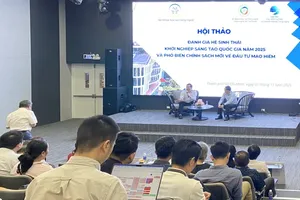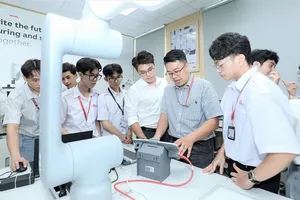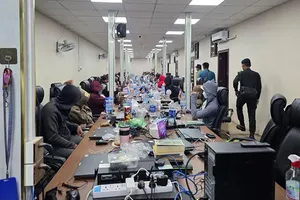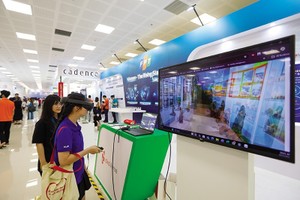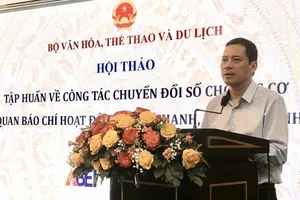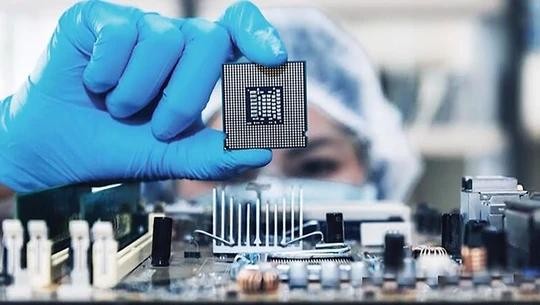
The Southeast Asian nation meets the necessary conditions and factors to develop the semiconductor industry as it has a stable political system, favorable geographical location, and increasingly developing digital infrastructure. Moreover, the country has abundant human resources with high determination in developing this industry. Highly valuing Vietnam's potential, President and CEO of the US Semiconductor Industry Association (SIA) John Neuffer said that Vietnam is owning incredible opportunities to be able to leave a mark in the the global semiconductor supply chain.
However, in a talk with reporters at a press brief, Mr. Vu Quoc Huy, Director of the National Innovation Center (NIC) under the Ministry of Planning and Investment, analyzed that the semiconductor industry is posing many challenges for businesses and governments of countries, of which Vietnam is no exception. First, it’s worth mentioning that investment cost is high as building a chip foundry can cost up to $50 billion. Furthermore, the increasing complexity of semiconductor technology requires large investments in research and development to avoid falling behind.
In addition, the competition in this field amongst countries such as China, the United States and Europe is quite severe. These countries have announced investment plans for their chip sector ranging from $50 billion-$150 billion. Last but not least, the requirement for high-quality human resources in the industry is also especially great, while the skills and qualifications of Vietnam's human resources are not enough to meet the needs of businesses.
Because the country has many things to do for the industry’s development, Minister of Planning and Investment Nguyen Chi Dung repeatedly emphasized the significance of the improvement of the industry workforce’s quality with the construction of a project to develop high-quality human resources by 2030 with the aim to have 50,000 human resources in the semiconductor industry to satisfy the human resource needs of domestic semiconductor enterprises and exporting labor to other developed markets.
However, this dogged determination to develop the industry can only be successful with the cooperation of the Ministry of Planning and Investment, the Ministry of Science and Technology, the Ministry of Education and Training, the Ministry of Information and Communications, Vietnam's leading universities such as Hanoi University of Science and Technology, Hanoi National University, Ho Chi Minh City National University plus companies in high-tech parks, industrial parks and economic zones in the provinces and cities and the business community.


